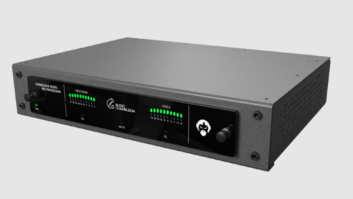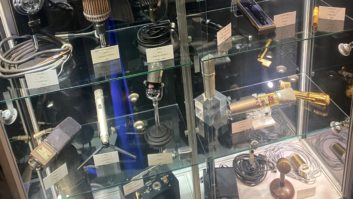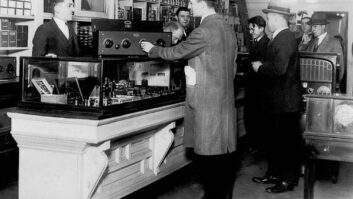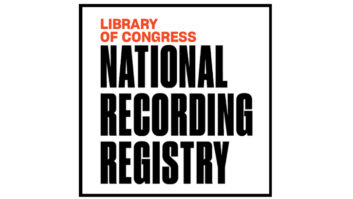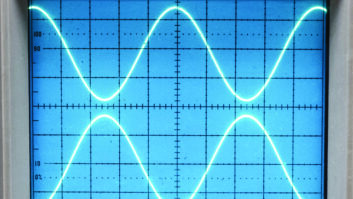Officials of the Library of Congress are excited by the acquisition of a 415,000-square-foot facility in Culpeper, Va., that will help it in its work in audio-visual conservation.
The Library is acquiring the Packard Campus for Audio-Visual Conservation. David Woodley Packard, president of the Packard Humanities Institute, is transferring the new facility.
The Library’s audio-visual collections will be stored at Culpeper. The facility — a part of which was once used to store money for the Federal Reserve Bank and provide underground space for government officials in case of crisis — will consolidate collections from across four states and the District of Columbia and “will greatly enhance the Library’s efforts to preserve and make accessible the world’s largest and most comprehensive collection of moving images and sound recordings,” it stated.
The facility cost $150 million to build and is the largest private gift ever to the U.S. legislative branch. Congress has provided an additional $82.1 million to support the project. PHI is a foundation dedicated to archaeology, music, film preservation, historic conservation and early education.
The collections building will house 5.7 million items, including 3 million sound recordings. Researchers in the Library of Congress’s reading rooms on Capitol Hill will be able to see or hear copies of the digital files via high-speed, fiber-optic connections.
The facility will include an Art Deco theater where films will be screened free to the public. Silent films can be accompanied by a custom organ. The theater is one of a few that can show original nitrate films.
“The state-of-the-art facility will feature new conservation technologies and processes, many of which were created specifically for the Library of Congress. For instance, a technology known as IRENE (Image, Reconstruct, Erase Noise, Etc.) will create digital audio files by taking high-resolution images of fragile or damaged grooved media such as the earliest phonograph records.”
The organization said the campus is expected to produce approximately two petabytes (2,000 terabytes) of digital content in its first year of operation, increasing to an annual rate of three to five petabytes later.
The vaults were repurposed from an underground facility used by the Federal Reserve Bank system for currency storage and continuity-of-government.






